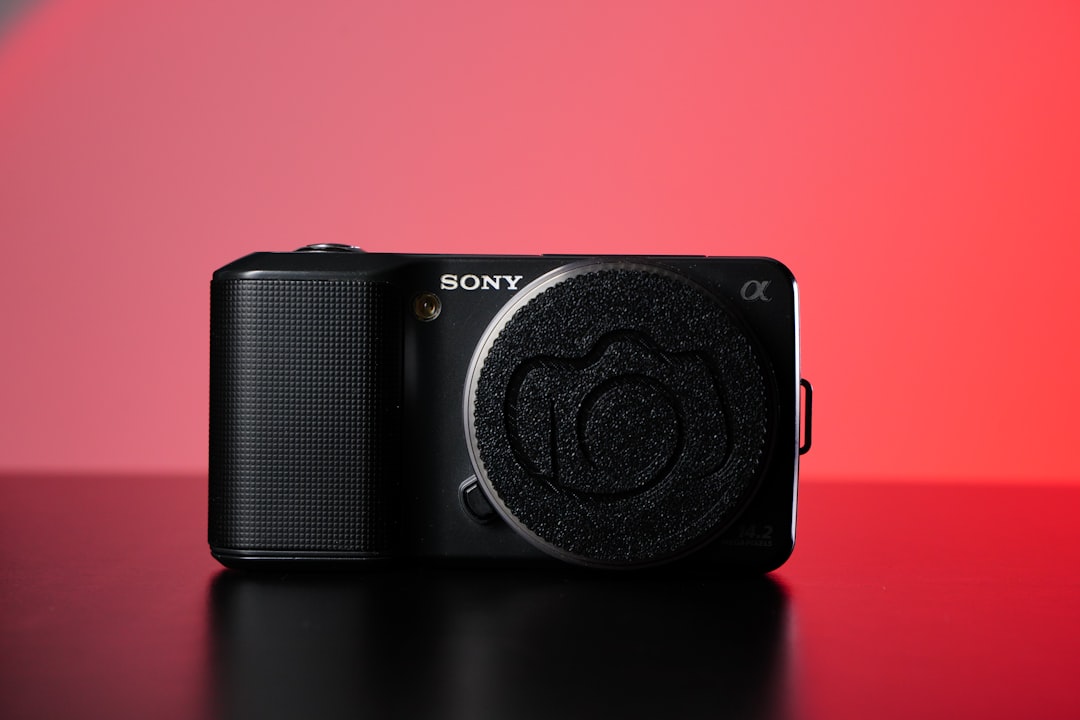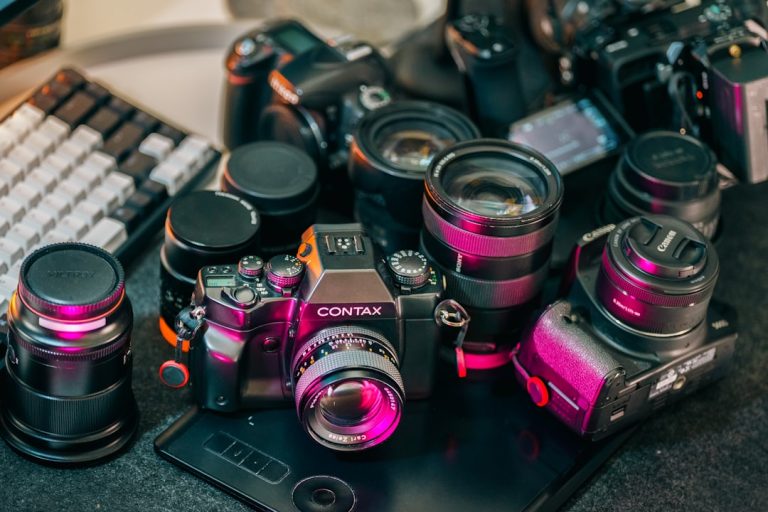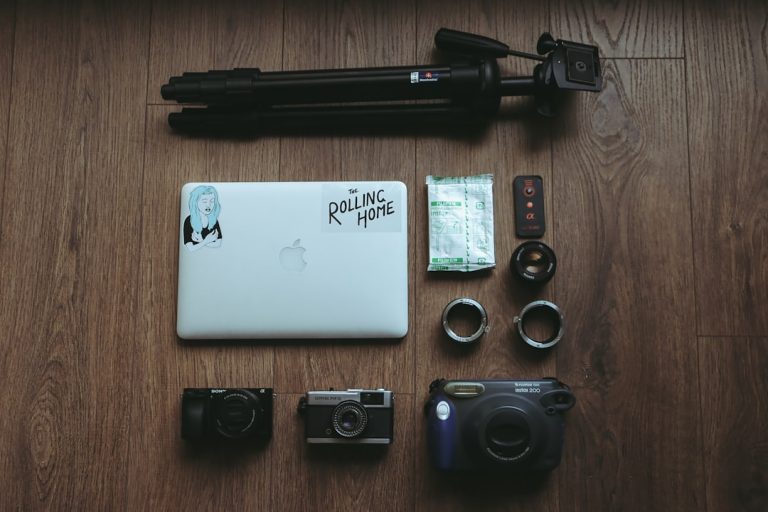In the vast world of photography, the right equipment can be a powerful ally. Yet, the plethora of choices can often feel overwhelming. So, how do you navigate the myriad of options without breaking the bank or overloading your camera bag? Let’s delve into the essentials of photography equipment, exploring budget-friendly options, luxury choices, and even a few unconventional approaches that can ignite your creativity.
**1. The Foundation: Camera Bodies**
When starting out, many photographers find themselves torn between a high-end DSLR or a mirrorless camera and a more budget-friendly option. While the allure of a flagship model can be hard to resist, it’s crucial to remember that your skill and vision will ultimately dictate the quality of your photos, not just the gear you own.
For beginners, consider cameras that offer great performance without the hefty price tag. Models from brands like Canon and Nikon provide excellent image quality and a plethora of compatible lenses, making them perfect for budding photographers. If you’re leaning towards mirrorless, Sony’s Alpha series offers fantastic versatility at competitive prices. Remember, your camera is merely a tool; your creativity and perspective are what bring your images to life.
**2. Lenses: The Heart of Your Setup**
If the camera body is the heart, lenses are its soul. The right lens can transform a simple shot into a masterpiece. Prime lenses are often more affordable and offer exceptional image quality, perfect for portrait and street photography. A 50mm f/1.8 lens is a classic starter option that delivers stunning results without draining your wallet.
On the other hand, if you’re venturing into landscape or wildlife photography, investing in a quality zoom lens could be worthwhile. Look for options that provide a good focal range and solid optical performance. Don’t forget to explore the used market; often, you can find excellent deals on top-notch glass.
**3. Accessories: Enhancing Your Experience**
Once you’ve secured your camera and lenses, it’s time to consider accessories. A sturdy tripod is an essential piece of gear that can significantly enhance your shooting experience. Whether you’re shooting in low light or capturing long exposures, a tripod can provide stability and help achieve that crisp, clear shot.
For those who love to shoot outdoors, investing in a weather-sealed camera bag can be invaluable. It protects your gear from the elements and allows you to carry everything comfortably. Filters, such as polarizers or ND filters, can also elevate your images by controlling reflections and exposure.
**4. DIY and Eco-Friendly Alternatives**
For the eco-conscious photographer, there are plenty of DIY solutions to explore. Instead of purchasing expensive light diffusers or reflectors, consider using household items like white bedsheets, tin foil, or even a simple piece of cardboard to manipulate light. Not only are these solutions budget-friendly, but they also add a unique touch to your creative process.
Moreover, you can dive into the world of second-hand gear. Buying used equipment not only saves you money but also contributes to a more sustainable lifestyle by reducing waste. Check out local photography groups or online marketplaces for great deals.
**5. The Luxury vs. Affordable Dilemma**
The debate over luxury versus affordable equipment is ongoing among photographers. While high-end gear boasts advanced technology and superior build quality, many budget options deliver impressive results in the right hands. Luxury equipment can indeed provide advantages, especially for professionals, but remember: the best camera is the one you have with you.
Ultimately, the value of any photography equipment lies in how it helps you express your creativity. The best shots often come from moments of spontaneity and inspiration rather than meticulously planned setups.
**6. Emerging Trends and Productivity Hacks**
As technology evolves, so do the tools available to photographers. Drones, for instance, have opened up a new realm of aerial photography, allowing for unique perspectives that were once impossible to achieve. Similarly, smartphone photography has come a long way, with advanced camera systems that rival traditional DSLRs.
In terms of productivity, consider adopting a workflow that allows you to maximize your time behind the lens. Use apps for organization and editing, such as Lightroom or Snapseed, which can streamline your post-processing tasks, leaving more time for shooting.
**Conclusion: Your Gear, Your Journey**
Choosing photography equipment is not merely a matter of brand loyalty or price points; it’s about aligning your gear with your creative vision. Whether you’re a seasoned professional or a budding enthusiast, remember that every piece of equipment has the potential to enhance your journey. So gear up, get inspired, and go capture the world through your unique lens!


